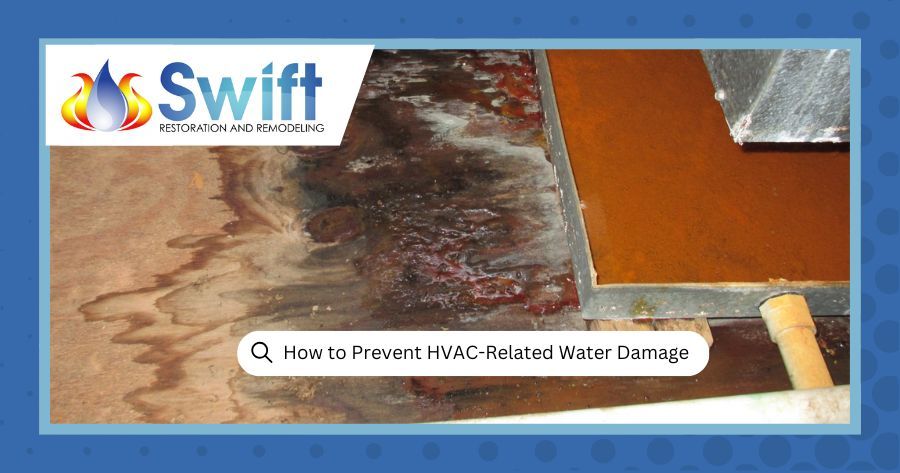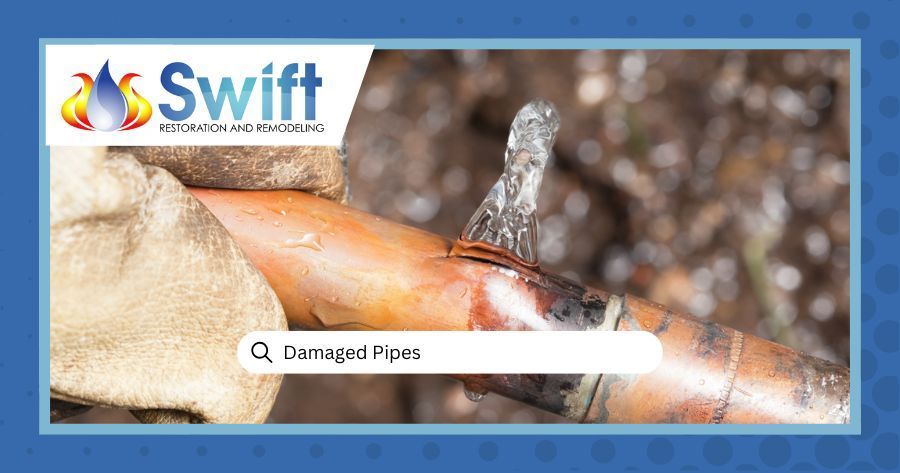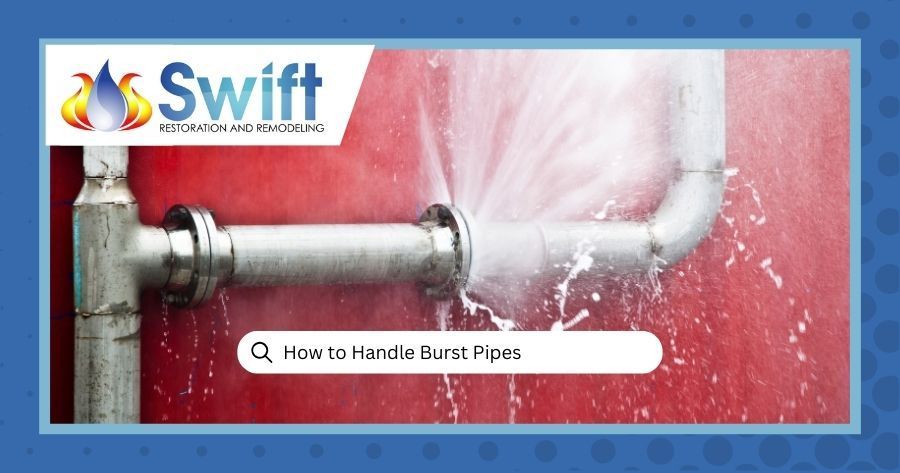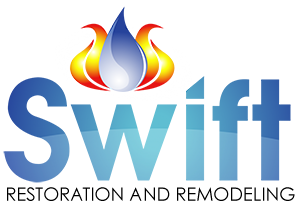
Much of Utah is located in a desert climate. However, when it does rain, often the terrain contributes to flooding. Here in Utah, we can experience some of the most unusual types of floods in the United States:
Alluvial Fan Flooding
In semi-arid mountain environments with a lot of sediment, “alluvial fans” can develop at the place where streams emerge from the mountains but are confined to narrow channels. These conditions develop at mountain fronts, in intermountain basins, and at valley junctions; the buildup of sediment spreads into a fan-shaped landform. Dangerous flooding can be triggered by Urban Stormwater Flooding:
- According to Utah.gov , most developments in Utah originated around natural streams or water bodies as a convenient source of water. So today, it is common for natural drainages to flow through the larger urban area. Most urban areas have stormwater collection systems to collect and route stormwater through the area to minimize the risk of flooding. However, even a well-designed system can be overwhelmed by excess rain or debris in the path of the water.
Snowmelt And Ice Dams
According to Weather.gov, the northern tier states and mountainous areas of the U.S. are particularly susceptible to snowmelt flooding. Unlike rainfall that can reach the soil almost immediately, the snowpack can store the water for an extended amount of time until temperatures rise and the snow melts. Once it begins to melt and reaches the soil if there is more water than the soil can absorb you get a flood.
Deep, hard ground frost prevents snowmelt from infiltrating into the soil. And even worse, additional rain, while snow is still on the ground, contributes to even more severe problems.
In the spring, ice or debris jam can cause a river or stream to overflow onto the surrounding area. The most common cause of flooding is water due to rain and/or snowmelt that accumulates faster than soils can absorb it or rivers can carry it away.
Flash Flooding
Flash floods generally develop within 6 hours of the immediate cause. Floods can happen in two situations: a rapid rise of water over low-lying areas or far downhill from initial rain. Especially in the western United States, low lying areas may be very dry one minute and filled with rushing water from upstream the next.
Rocky terrain can exacerbate the development of flash floods and raging waters since rocks and clay soils do not allow as much water to infiltrate the ground. Urban areas are especially prone to flash floods due to the large amounts of concrete and asphalt surfaces that do not allow water to penetrate into the soil easily.
Burn Scars
After a forest fire, the barren land is more vulnerable to flooding. When rain falls over a burn scar, the ground is unable to absorb the moisture, leaving the water to collect or run across the surface of the ground towards the lowest point.
Without vegetation to hold the soil in place, flooding can produce mud and debris flows. Mud and debris flows can destroy homes, wash out bridges and roadways, and knock down trees.
Dry Wash
In dry areas of the U.S. significant rainfall can quickly cause flooding. Because of the heat and arid climate, the ground is quite hard and unable to absorb much of the precipitation that does fall. The water from these storms rushes to low-lying areas, often into a canyon or dried up river bed.
If You Suffer Flood Damage
- Please assume that damaged sewage systems could be involved and cause serious hazards.
- Service damaged septic tanks, cesspools, pits, and leaching systems as soon as possible.
For Flood Clean Up In Layton And Ogden
Swift Restoration & Remodeling works with many insurance companies, contractors, public adjusters, and management companies for water damage. Swift carries liability insurance in the amount of $1,000,000, and all employees are insured with worker’s compensation. Call Swift Restoration & Remodeling at (801) 657-3496 to schedule services, request a quote, or to ask any questions you may have about our business or services.




